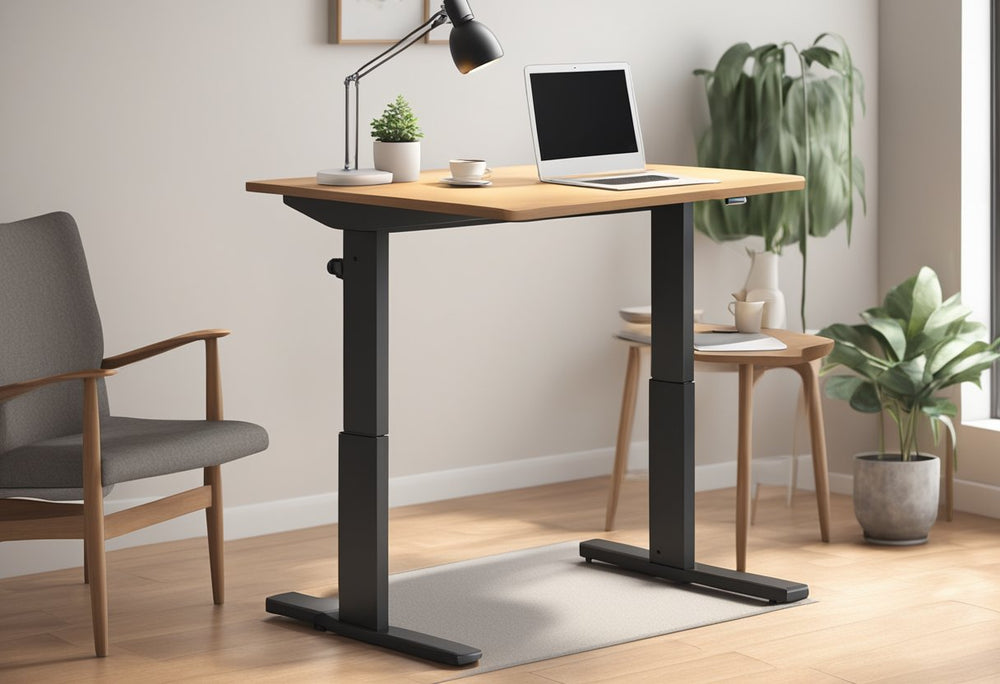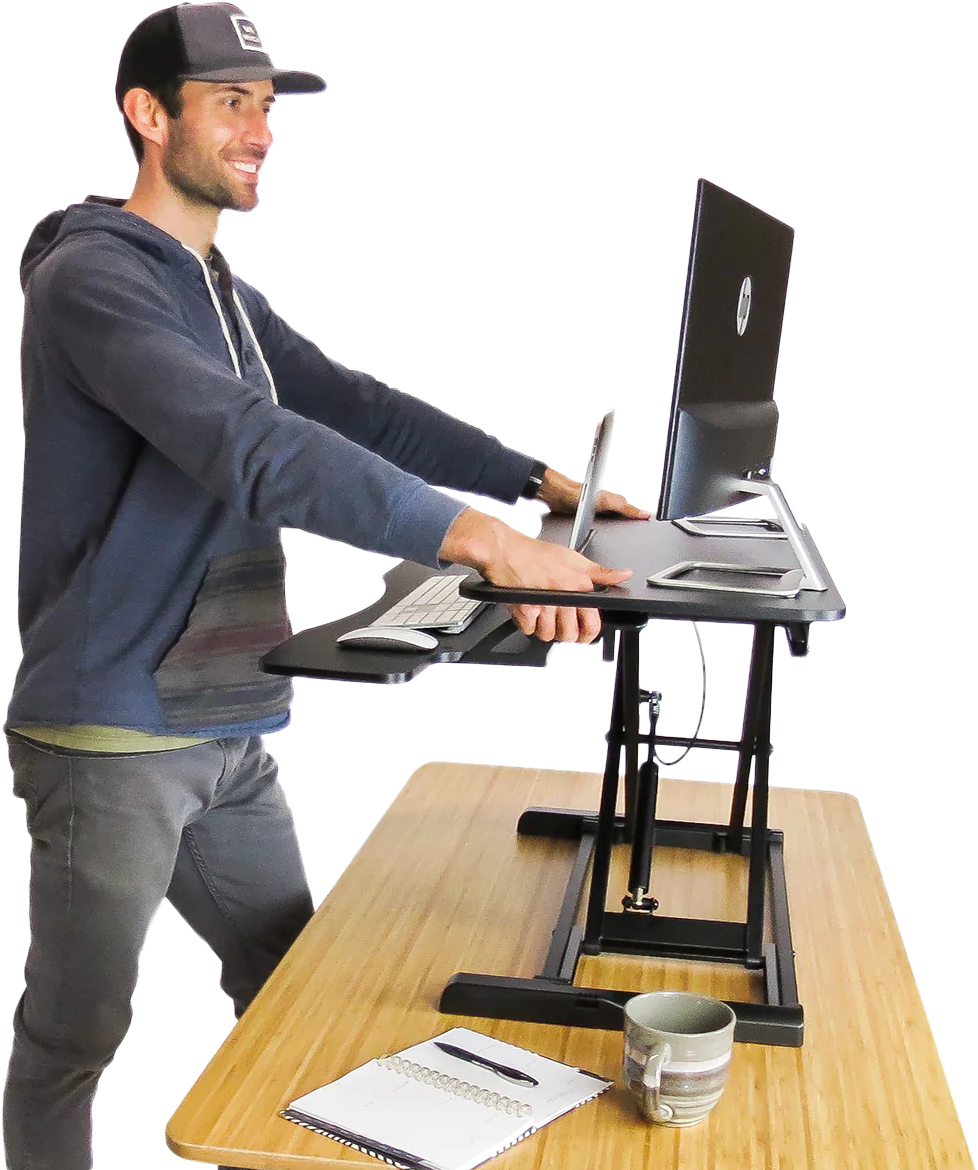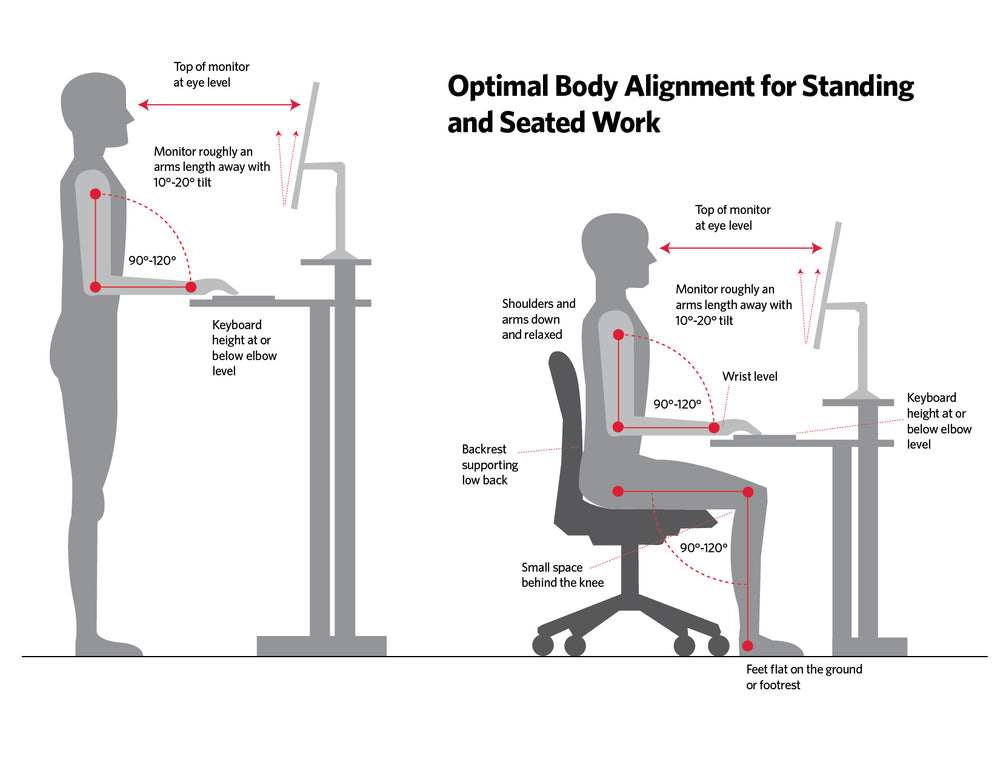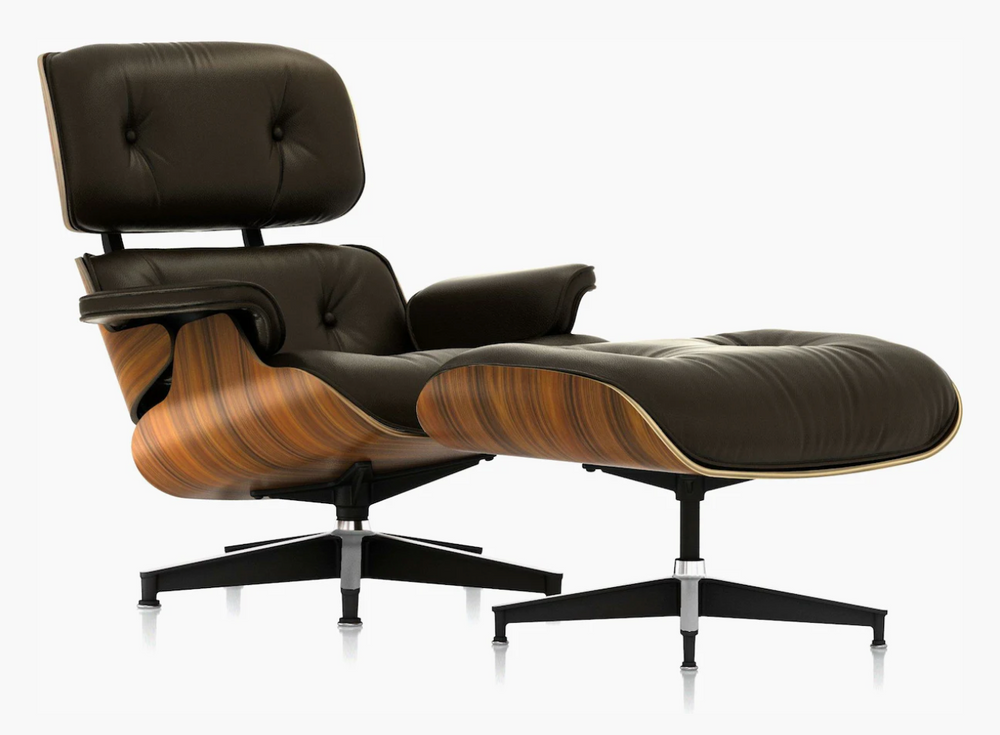By: Mike Lipka | Date: November 25, 2023
Standing desks have become increasingly popular in recent years, with many people citing the health and productivity benefits of using them. While it may seem like a small change, switching from a traditional desk to a standing one can make a big difference in overall well-being.
In this article, we will explore the biggest benefits of using a standing desk and why they are worth considering.

One of the main benefits of standing desks is improved health. Studies have shown that sitting for long periods of time can have negative effects on the body, including increased risk of obesity, heart disease, and cancer.
Using a standing desk can help combat these risks by promoting better posture, burning more calories, and reducing the likelihood of developing chronic diseases. Additionally, standing desks have been shown to improve mood and energy levels, leading to better overall mental health.
Another advantage of standing desks is increased productivity. When standing, people tend to be more alert and focused, leading to better concentration and efficiency.
Additionally, standing desks can help prevent the mid-afternoon slump that many people experience after sitting for several hours. By keeping the body active and engaged, standing desks can help people stay productive throughout the day.
Key Takeaways
- Standing desks offer several health benefits, including improved posture, calorie burning, and reduced risk of chronic diseases.
- Standing desks can increase productivity by improving focus and preventing mid-afternoon slumps.
- Scientific research supports the use of standing desks for both health and productivity benefits.
Health Benefits of Standing Desks

Standing desks have gained popularity in recent years as a way to combat the negative effects of prolonged sitting. In this section, we will explore the health benefits of standing desks, including their impact on posture, reduction in back pain, and weight management.
Impact on Posture
Poor posture is a common problem associated with a sedentary lifestyle. When you sit for long periods, your spine can become misaligned, leading to pain and discomfort. Standing desks can help improve posture by encouraging users to stand up straight and engage their core muscles.
Reduction in Back Pain
Back pain is a common problem for people who spend a lot of time sitting. Studies have shown that standing desks can help reduce back pain by promoting better posture and reducing pressure on the spine.
According to a study published in the Journal of Physical Therapy Science, using a standing desk for just four weeks led to a significant reduction in lower back pain.
We previously wrote about how standing desks can help with back pain here.
Weight Management and Obesity
Sitting for long periods has been linked to weight gain and obesity, which in turn can increase the risk of health problems such as diabetes and heart disease. Standing desks can help combat these health risks by increasing physical activity levels and promoting weight loss.
According to a study published in the European Journal of Preventive Cardiology, using a standing desk for three hours a day can burn an extra 144 calories compared to sitting.
In summary, standing desks offer a range of health benefits, including improved posture, reduced back pain, and weight management. By incorporating a standing desk into their work routine, individuals can reduce their risk of health problems associated with a sedentary lifestyle.
Productivity and Mental Health Advantages

Standing desks have been shown to have a positive impact on productivity and mental health. Here are some of the benefits:
Enhanced Focus and Concentration
Research suggests that standing desks can help improve focus and concentration. When standing, the body is more alert and awake, which can lead to increased productivity.
In a study published in the International Journal of Environmental Research and Public Health, researchers found that standing desks improved cognitive function, including reaction time, attention, and working memory.
Mental Well-being and Stress Management
Standing desks can also have a positive impact on mental well-being and stress management. According to a study published in the Journal of Occupational Health Psychology, standing desks can help reduce job-related stress and improve overall well-being.
Standing desks can also help reduce anxiety and depression symptoms. In addition, standing desks can help employees feel more in control of their work environment, which can lead to increased job satisfaction and work performance.

Overall, standing desks can be a valuable tool for improving both physical and mental health in the workplace.
To summarize, standing desks have been shown to enhance focus and concentration, reduce stress and anxiety, and improve overall mental well-being. These benefits can lead to increased productivity and job satisfaction in the workplace.
Practical Aspects of Using Standing Desks
Adjustability and Ergonomics

One of the biggest benefits of using a standing desk is that it allows the user to adjust the height of the desk to their liking. This adjustability is important for maintaining proper ergonomics, which can reduce the risk of musculoskeletal disorders associated with desk jobs.
Users can adjust the height of the desk to ensure that their monitor is at eye level and that their keyboard and mouse are at a comfortable height. For those standing desks that don't raise up to your eye level, a monitor mount is an ideal solution.
It is important to note that while standing desks can be beneficial, they are not a one-size-fits-all solution. Users should take the time to adjust the desk to their specific needs and preferences.
If you're above 6 feet tall (1.83 meters), look for standing desks for tall people. Otherwise, most standing desks will fit most people's height.
This may require some trial and error to find the optimal height and positioning of the monitor, keyboard, and mouse. Here are some of the most important standing desk features in our opinion. These might be helpful for your search.
Suitability for Home and Office Environments
Standing desks are suitable for both home and office environments. For those of us that work from home, it can help us maintain an active lifestyle while still being productive. Here is our list of the best standing desks for work from home.
In an office environment, standing desks can be used to promote a healthier work environment. The ability to switch between sitting and standing has been shown to reduce fatigue and increase productivity.
Additionally, standing desks can be used to promote a more active lifestyle in the workplace, which can have long-term health benefits.
Overall, standing desks are a practical solution for those looking to improve their work environment and promote a healthier lifestyle.
By adjusting the desk to their specific needs and preferences, users can maintain proper ergonomics and reduce the risk of musculoskeletal disorders associated with desk jobs.
Scientific Research and Studies

Standing desks have been the subject of much scientific research and studies. Research has shown that standing desks can have a positive impact on a variety of health conditions.
One study found that standing desks can help reduce the risk of diabetes and cardiovascular disease. Another study found that standing desks can help reduce the risk of cancer. These findings suggest that standing desks may be an effective way to help prevent these serious health conditions.
Standing desks have also been shown to have a positive impact on blood sugar levels. Studies have found that standing desks can help reduce blood sugar levels after meals, which can help prevent diabetes.
Another benefit of standing desks is that they can help increase energy expenditure. When standing, the body is able to burn more calories than when sitting, which can help with weight loss and weight management.
Standing desks can also help improve circulation and reduce swelling in the legs and feet. This can be especially beneficial for those who spend long periods of time sitting at a desk.
Finally, standing desks can help reduce strain on the joints, especially in the back (see our article, "Can a standing desk help with back pain?") and neck (see our article, "Can a standing desk can help with neck pain?"). Sitting for long periods of time has been known to result in pain in both the back and neck.
Overall, the scientific research and studies suggest that standing desks can have a variety of health benefits. By reducing the risk of serious health conditions, improving blood sugar levels, increasing energy expenditure, improving circulation, and reducing strain on the joints, standing desks can be an effective way to improve overall health and well-being.
Conclusion
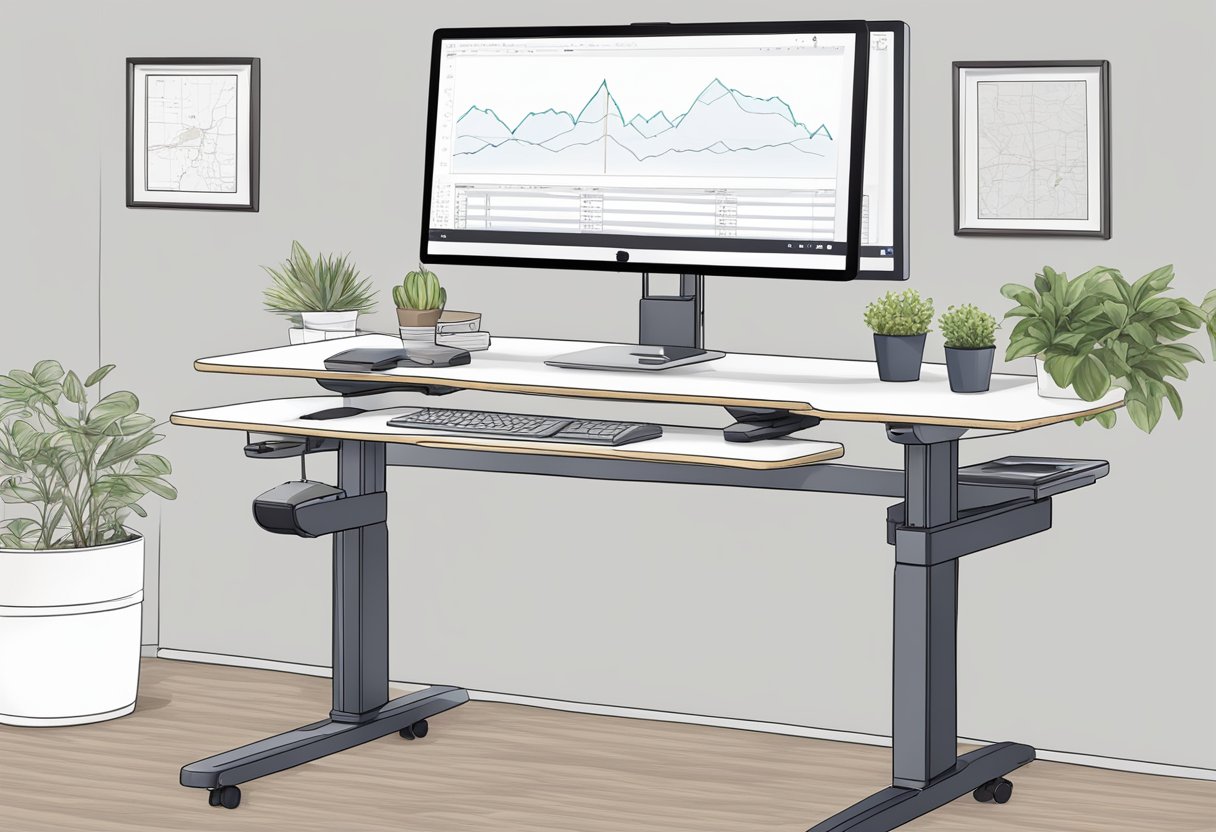
In conclusion, standing desks have numerous benefits that can improve an individual's health and overall well-being.
By reducing sedentary time and increasing movements, standing desks can help burn extra calories and improve blood flow. They can also reduce the risk of chronic diseases such as obesity, diabetes, cardiovascular disease, and cancer.
Studies have shown that standing desks can improve posture and ergonomics, reducing the risk of shoulder and back pain. Additionally, standing desks can increase energy levels, improve focus, and reduce the risk of depression and anxiety.
While standing desks are beneficial, it is important to note that they should not be used as a substitute for walking or other forms of movement. It is recommended to alternate between sitting and standing throughout the day to prevent fatigue and discomfort.
Overall, incorporating standing desks into a daily routine can have significant health benefits, and should be considered by individuals who spend long periods of time sitting.
Frequently Asked Questions

What are the health benefits of using a standing desk?
Standing desks offer several health benefits, including reducing the risk of obesity, type 2 diabetes, and cardiovascular disease. Standing also increases energy expenditure and improves blood sugar levels.
Moreover, standing desks may reduce the risk of back and neck pain associated with prolonged sitting.
What are some ergonomic benefits of using a standing desk?
Ergonomic benefits of using a standing desk include reducing the risk of bad posture, which can lead to musculoskeletal disorders.
Standing desks can also help improve circulation, which can reduce the risk of deep vein thrombosis (DVT) and other circulatory problems.
What are the disadvantages of standing for a long time at a standing desk?
While standing desks offer several benefits, standing for a long time can lead to discomfort, fatigue, and even pain. Standing for too long can also increase the risk of foot, knee, and hip problems.
Additionally, standing for long periods can lead to varicose veins and other circulatory problems.
How long should you stand at a standing desk?
Experts recommend that people should stand for at least two hours a day while working at a standing desk. However, it is essential to alternate between sitting and standing throughout the day to avoid fatigue and discomfort.
Are standing desks actually healthier than sitting desks?
Standing desks offer several health benefits that sitting desks do not, including reducing the risk of obesity, type 2 diabetes, and cardiovascular disease.
However, standing for too long can lead to discomfort, fatigue, and even pain. Therefore, it is essential to alternate between sitting and standing throughout the day.
What are some pros and cons of using a standing desk?
Pros of using a standing desk include reducing the risk of obesity, type 2 diabetes, and cardiovascular disease, improving posture, and reducing the risk of back and neck pain associated with prolonged sitting.
Cons of using a standing desk include discomfort, fatigue, and even pain associated with standing for too long, as well as an increased risk of foot, knee, and hip problems. Additionally, standing for long periods can lead to varicose veins and other circulatory problems.




